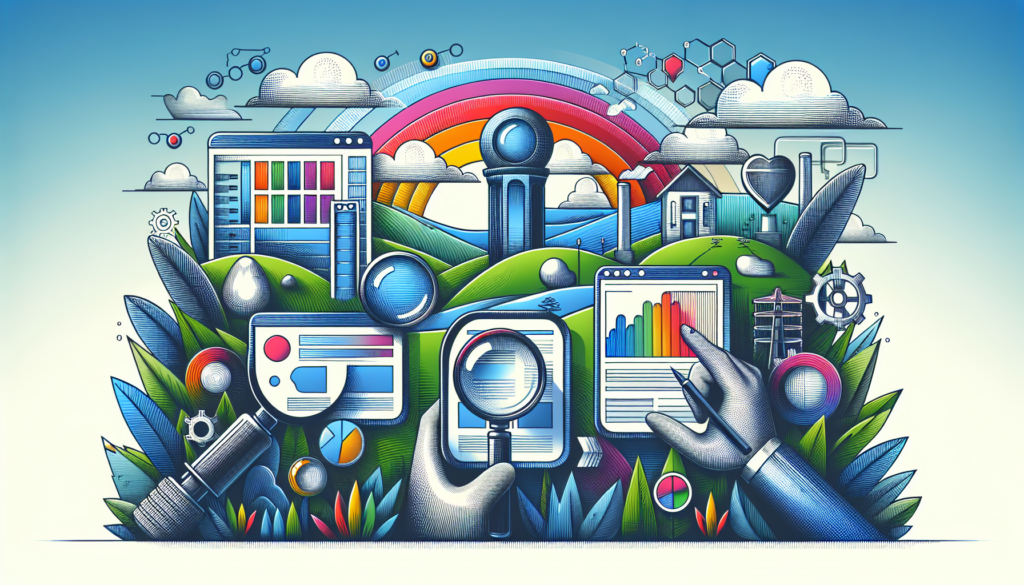markdown
In the current digital age, web accessibility has become a matter of utmost importance and responsibility. It encompasses digital inclusion, ensuring that all individuals, regardless of their abilities, can access and use the resources available on the Internet. This article examines the most comprehensive and sophisticated tools for evaluating and improving website accessibility, with a technical and advanced focus.
Web Accessibility Evaluation
The implementation of strategies for accessibility evaluation is the first step towards an inclusive website. The Web Content Accessibility Guidelines (WCAG) sets the internationally recognized standards for web accessibility, which should be the benchmark for conducting such evaluations.
WAVE (Web Accessibility Evaluation Tool) is one of the most recognized tools for web accessibility evaluation. Developed by WebAIM, it allows a quick and visual review of accessibility elements and is capable of identifying issues ranging from color contrast errors to the lack of descriptive labels on forms.
aXe by Deque is an open-source accessibility evaluation tool, which is integrated into the development process as part of software testing. It provides detailed analysis and accessible reports for developers, allowing the identification and solution of accessibility issues before the product reaches the end-users.
In-Depth Analysis Tools
For those requiring a more in-depth and detailed analysis, there are tools that allow a comprehensive sweep of multiple pages or even entire websites.
Siteimprove Accessibility Checker is a powerful solution that facilitates large-scale accessibility monitoring. It offers a macro view of accessibility issues, prioritizes them, and generates recommendations for effective resolution.
Tenon.io stands out for its API, which can be integrated at various stages of web development, from continuous integration and deployment to content management. It provides detailed information about accessibility issues and suggests practical solutions to address them.
Personalization of User Experience
Personalizing the user experience is an essential dimension of web accessibility. UserWay is a widget that can be easily added to any site, offering end-users the ability to adjust the website to their particular needs, such as changing font sizes, contrasts, and spacing.
AudioEye offers similar technology, combined with monitoring and automatic error repair of accessibility issues. This solution positions itself in the market as a broad and adaptable accessibility layer that continuously learns to improve user experience.
Case Studies
To contextualize these tools and illustrate their practical application, actual use cases can be studied. A significant example is that of BBC, which has implemented a variety of accessibility tools and incorporated inclusive design practices to reach and maintain high accessibility standards.
Another case study is that of The Guardian, which has used tools such as aXe to integrate accessibility testing into its continuous development process, ensuring that each new feature meets WCAG standards before its release.
Innovations and Future Directions
Looking to the future, artificial intelligence and machine learning are set to play crucial roles in enhancing web accessibility. Systems capable of understanding and adapting to individual user needs will offer a more personalized and accessible experience.
In this field, voice technologies and virtual assistants emerge as potential innovations. These technologies can significantly improve web navigation for people with visual or mobility impairments by interpreting voice commands and adapting web content to audiovisual formats.
Conclusion
Web accessibility is not simply a matter of legal compliance; it is an ethical commitment to digital inclusion. The tools discussed are a fundamental element in the arsenal of developers, designers, and web content creators who aim to build an accessible Internet for everyone. By applying these technical resources, it is possible not only to meet current needs but also to anticipate future demands in a constantly evolving digital ecosystem.

